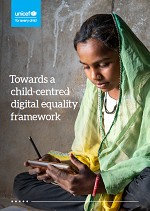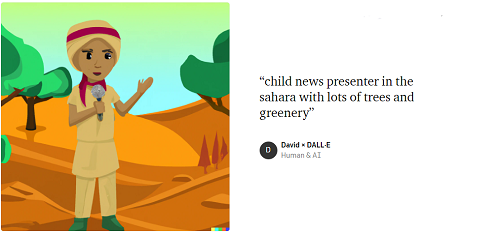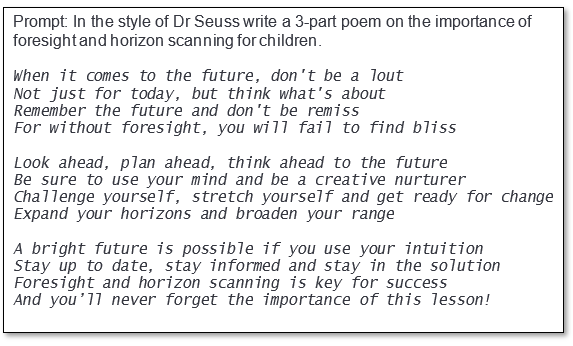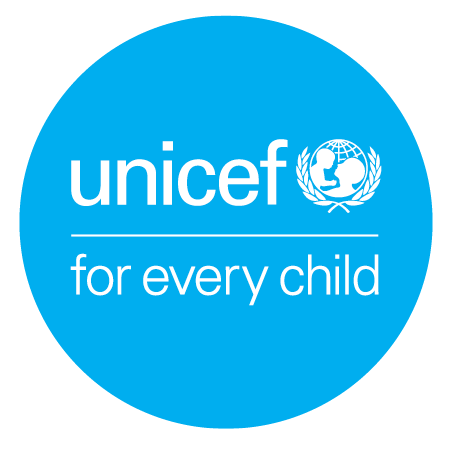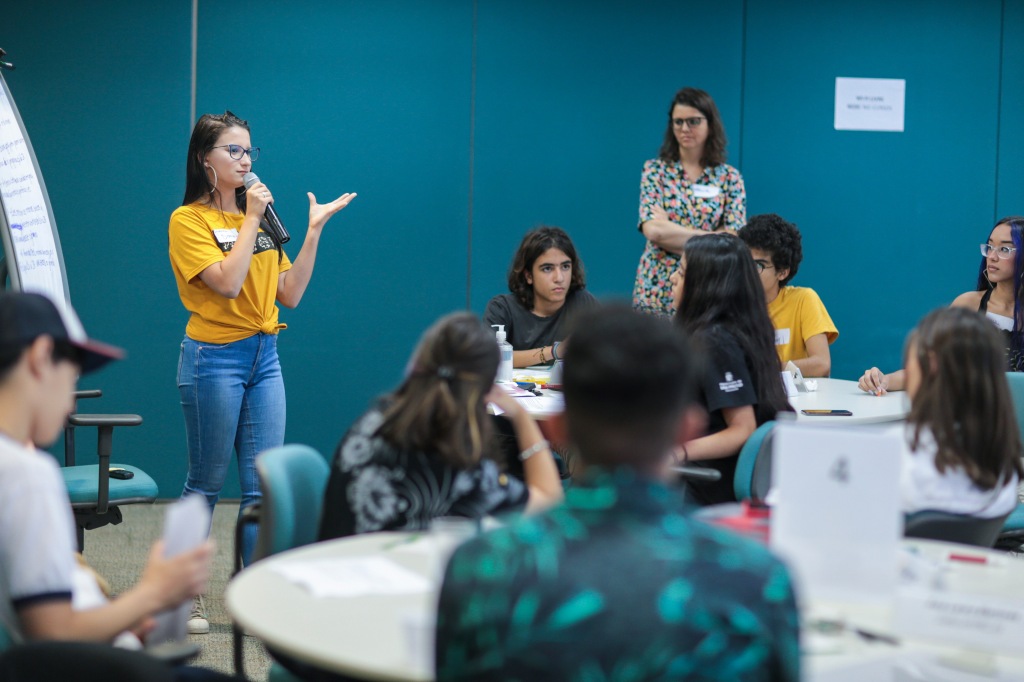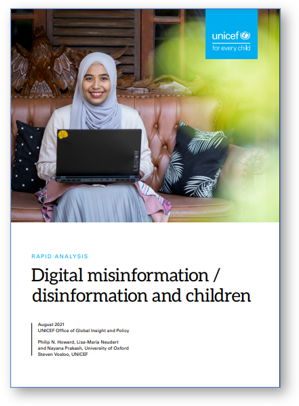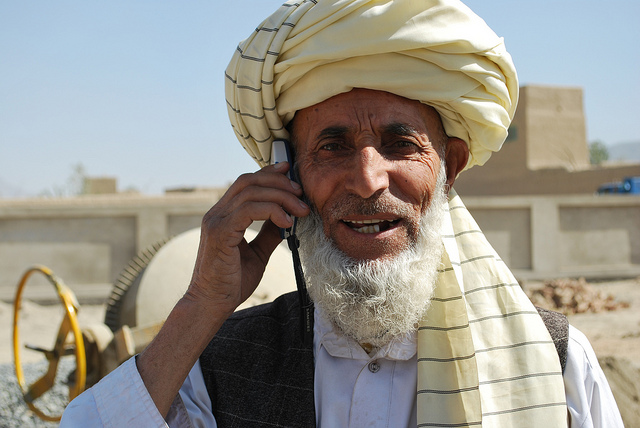
Digitization will have profound effects on the world of work. According to McKinsey, while technology will lift productivity and economic growth, up to 375 million people may need to switch occupations or upgrade their skills. Predictions such as this cause much optimism as well as anxiety and head scratching for policymakers, trainers and employees.
Should digitization impacts concern the ICT4D community? Yes, for two reasons. Firstly, there will be new opportunities for our work and, secondly, we may unwittingly become part of the negative impacts that are projected.
The issue of technology and the future of work is one of the hottest topics in development right now. Last year the OECD published the book Computers and the Future of Skill Demand. The Brookings Institute is about to release a book titled The Future of Work: Robots, AI, and Automation. In 2019 the World Bank’s flagship World Development Report will be on the changing nature of work (working draft here).
Two themes cut across all global discussions: firstly, that technology is changing the workplace by replacing some human jobs or, more often the case, some parts of a person’s job. Automation, robotics and AI are the most cited advances.
Secondly, this change is affecting the supply and demand of skills in an economy. New ways of working require new skills, which trainers won’t be providing to students. As the training institutions catch up and supply the market with newly skilled workers, there may be new and different demands again.
Skills mismatch between industry and education providers is not new, but the issue has become more exaggerated with accelerating technological change. What is undisputed is that digital skills are becoming essential for many people living and working today – and will only become more so in the future.
Opportunities for Work Improvement
The ICT4D community essentially uses technology for social good:
- To empower community health workers (CHWs) with just-in-time information and digital data collection to hep them do their jobs better.
- To develop farmers’ knowledge on what new crops to grow and when.
- To transport lifesaving medical supplies faster using drones.
- To analyse mobile phone records as a predictor of literacy levels, informing policy decisions.
In the process, we increase access to technology and – hopefully – provide necessary training. Digital technologies and skills are the tools of our trade and increased digitization is a rising tide that will lift all the boats, especially ours.
We often measure impact in positive behaviour change, increased quality of work or more efficient processes. What we mostly don’t think about is ICT4D’s role in the creation of new businesses and jobs.
A few years ago, when considering what the post-2015 agenda should entail, Richard Heeks proposed that “ICT4D needs to link to the growth and jobs agenda in a much larger and much more direct manner around ICTs and income growth, ICTs and productivity, and ICTs and job creation.”
Heeks noted that ICTs have a central role in all of these areas in the 21st century – but also that you would be hard-pressed to notice from the ICT4D domain.
As the global debate on ICTs, work and education work rages on, we need to engage and reflect more on our positive contribution. Supporting local tech entrepreneurs and teaching coding is one obvious example. There are many more.
Risks of Job Destruction
While the ICT4D field is different to the economic-driven marketplace (our operating motives are not usually revenue-based), we would be naive to think that our reliance on bringing technology solutions to development problems cannot have similar impacts to what is happening in the workplaces of the world. The underlying principle is the same: use technology to improve efficiency, increase efficacy and reduce redundancy.
Now we know that we need to be conscious of the potential negative effects of ICT4D. The principle of understanding the existing ecosystem says that we should:
Evaluate for intended and unintended outcomes, as well as other contributing factors that may account for results. Unintended consequences could be either positive or negative and could provide useful ecosystem insights to carry forward to future deployments.
But, frankly, there’s very little said about negative consequences. The default position in ICT4D is that good will be done, development will be effected. Taking this view can blind us to the reality of unintended negative consequences.
It is worth asking:
- Has our intervention upended a livelihoods ecosystem in some way? Has it replaced agricultural extension workers? Or required them to retrain in new skills, but without having the learning opportunities to do so?
- Have some jobs been destroyed, or at least some tasks of some jobs — that weren’t mirrored with the creation of new jobs? What has been the impact of that?
The classic case of job destruction, or at least job adjustment, by ICT4D is of the middle man/person who buys crops at deflated prices, essentially squeezing the farmer suppliers as much as possible.
An ICT4D team provides an m-agri service that offers actual market prices to these farmers, helping them to get a fairer price from the evil middle man/person. His or her working practise changes, or perhaps he or she is cut out of the value chain altogether, unable to earn enough from being a middle man/person.
Because getting a fair price is a just cause, we don’t really care about the middle man/person. But consider another example about an mHealth intervention that uses data analysis and AI to predict where a CHW is most needed on her circuit of villages. So accurate is the model that she now doesn’t need to visit every village on every round, only about half. The intervention means only half as many CHWs will be needed. 50% of the team is laid-off.
Automation and new technologies destroy and create jobs. The Gutenberg press put many hand copiers out of work but created an industry of typesetters. It is not yet clear what the net effect will be on employment numbers. But what is certain is major change, and ICT4D practitioners are active drivers of it.
Really Considering Unintended Consequences
If an ICT4D intervention does replace the activities of someone it’s trying to help, we need to think through the longer term impact on his or her role. In a worse case scenario, could it eventually put them out of a job? Doing a risk/benefit analysis, even a basic one, can help map out the potentials. Involving the users in the discussions is ideal.
One of the best approaches to mitigate against such a risk is to support lifelong learning. By helping people to retrain in new skills they can stay relevant.
Image: CC Nicolas Bertrand / Taimani Films / World Bank


